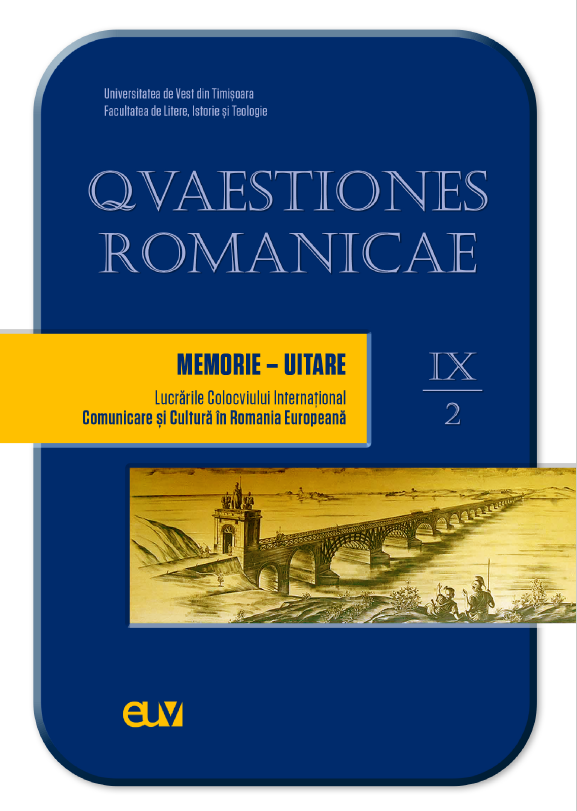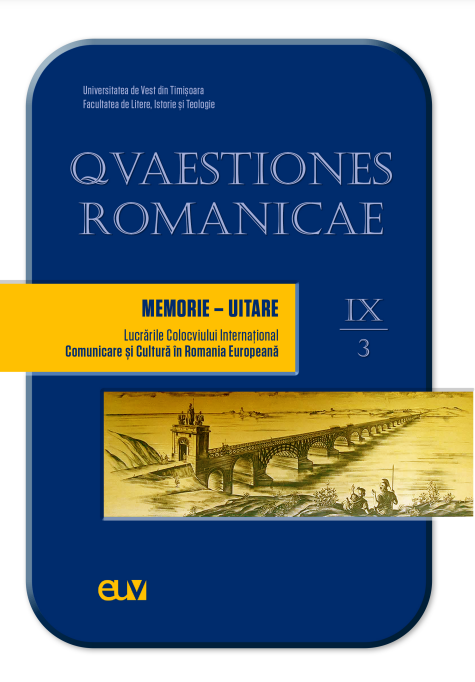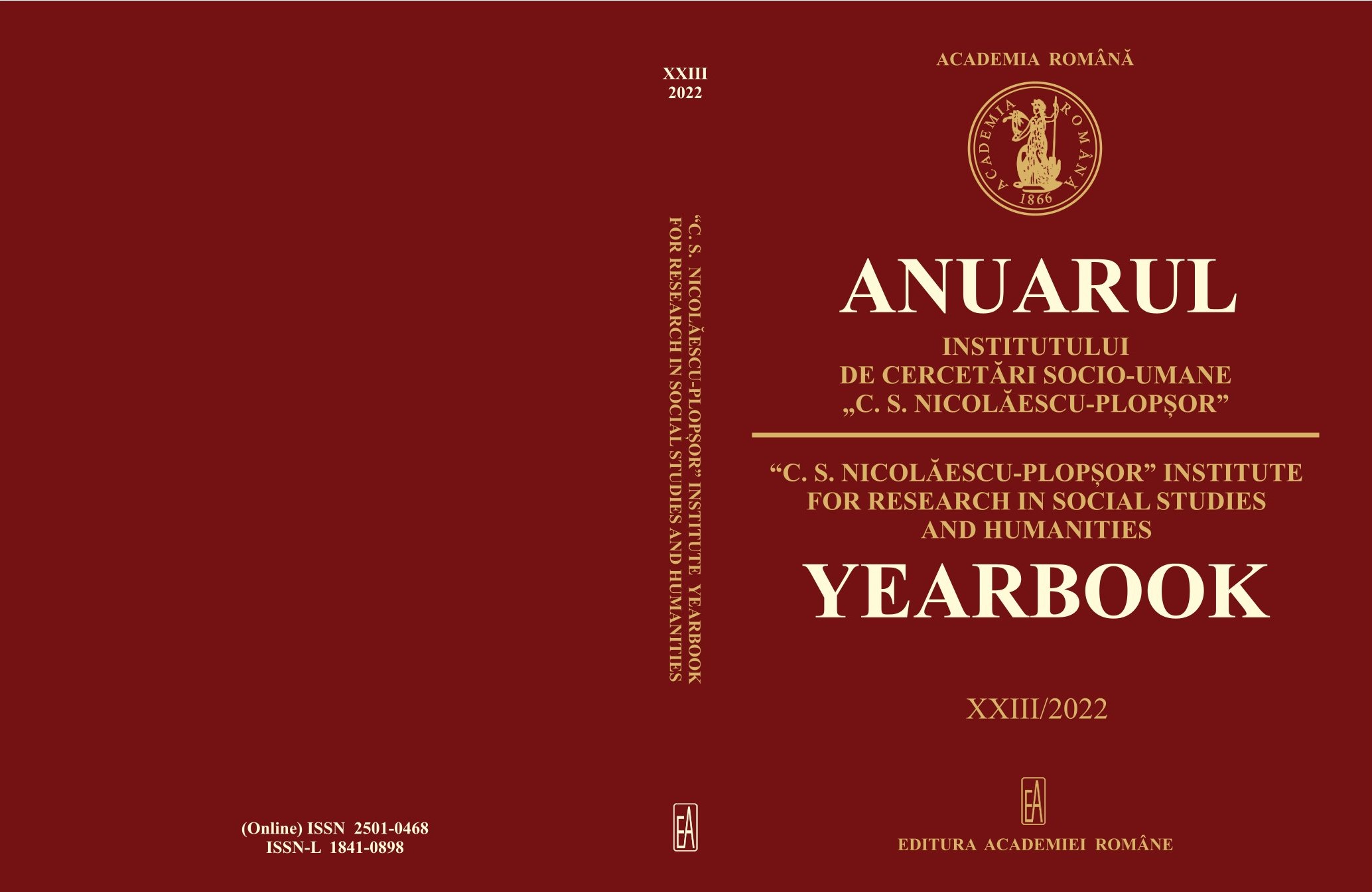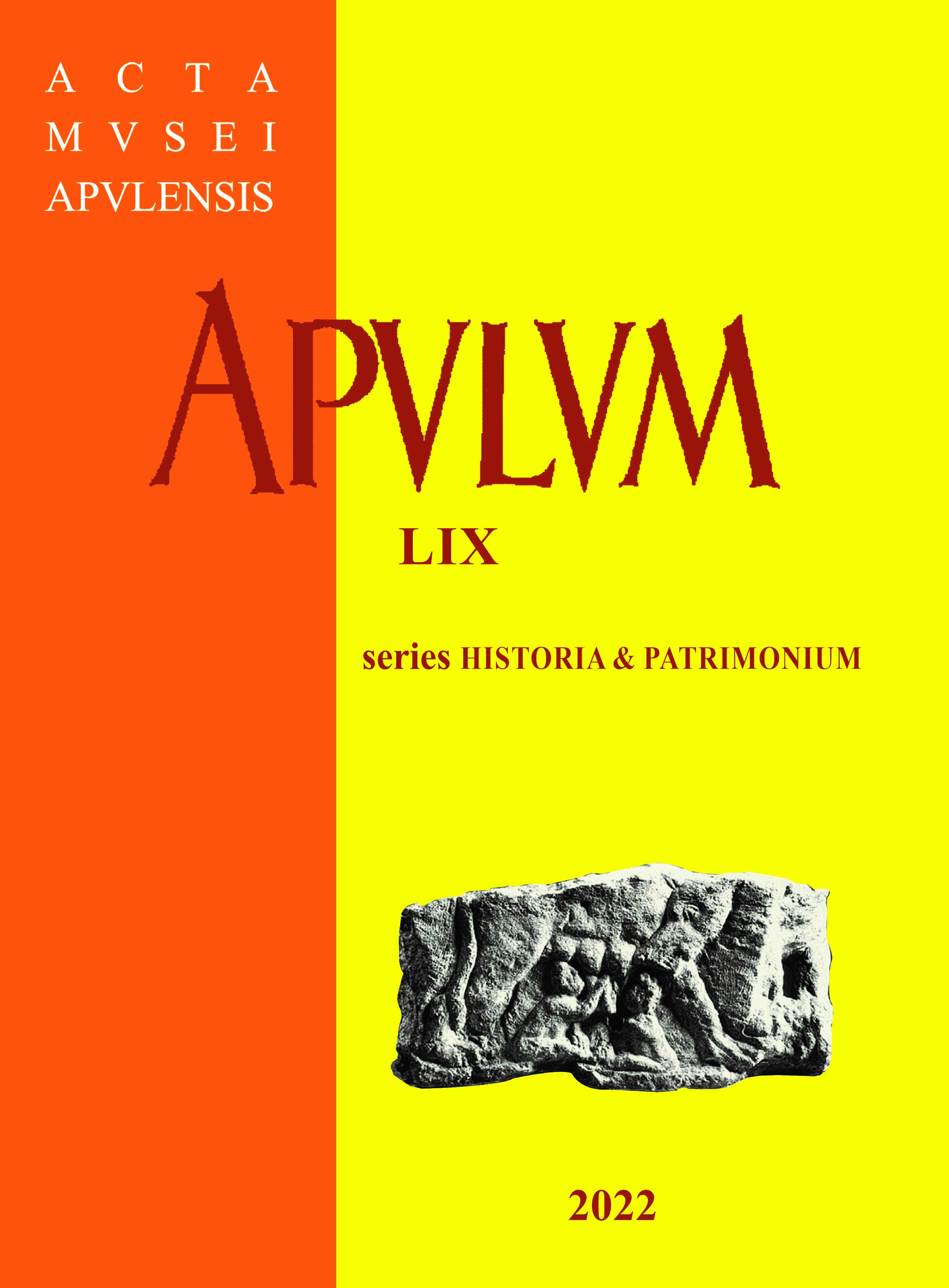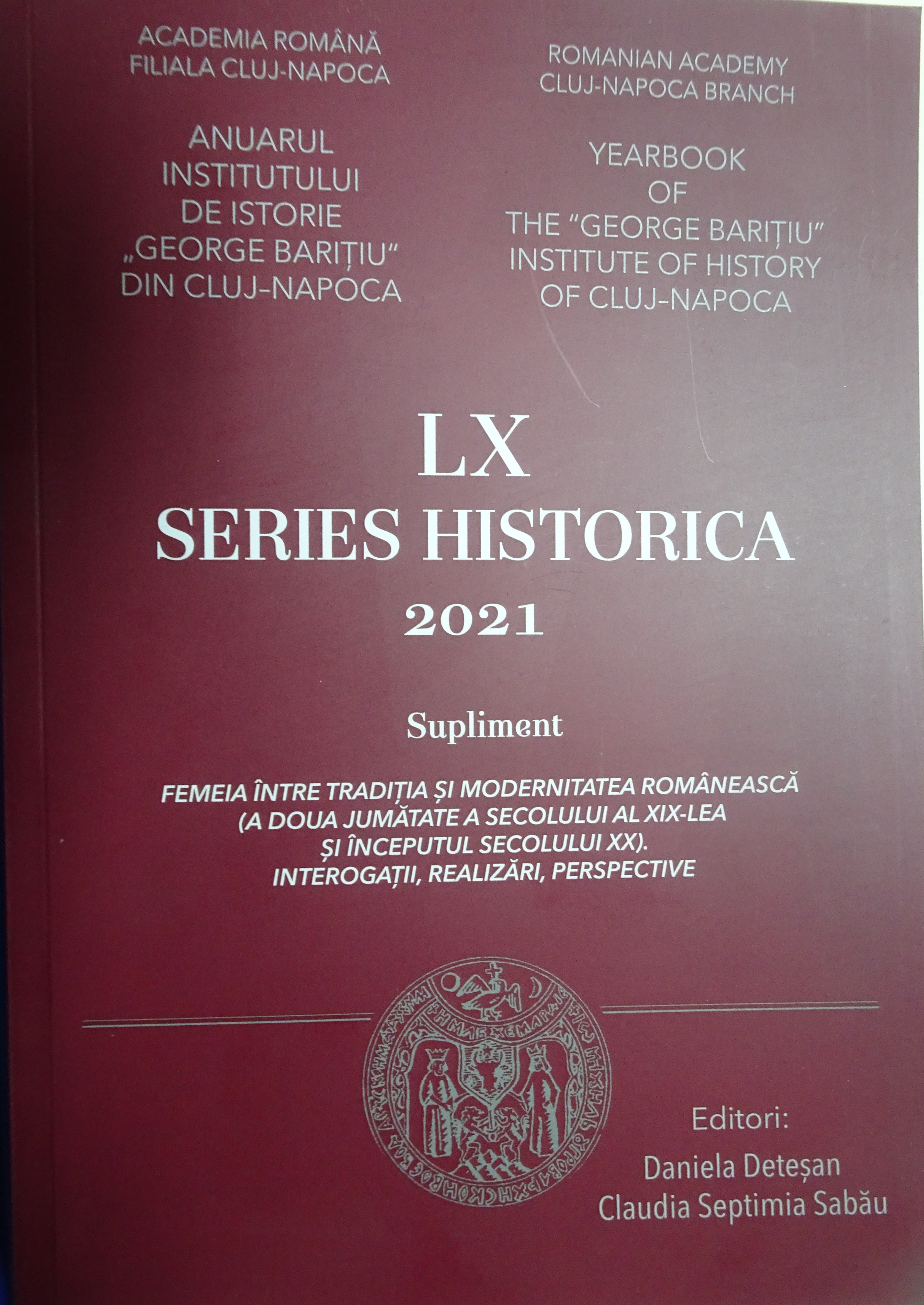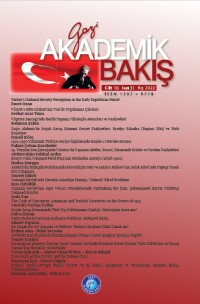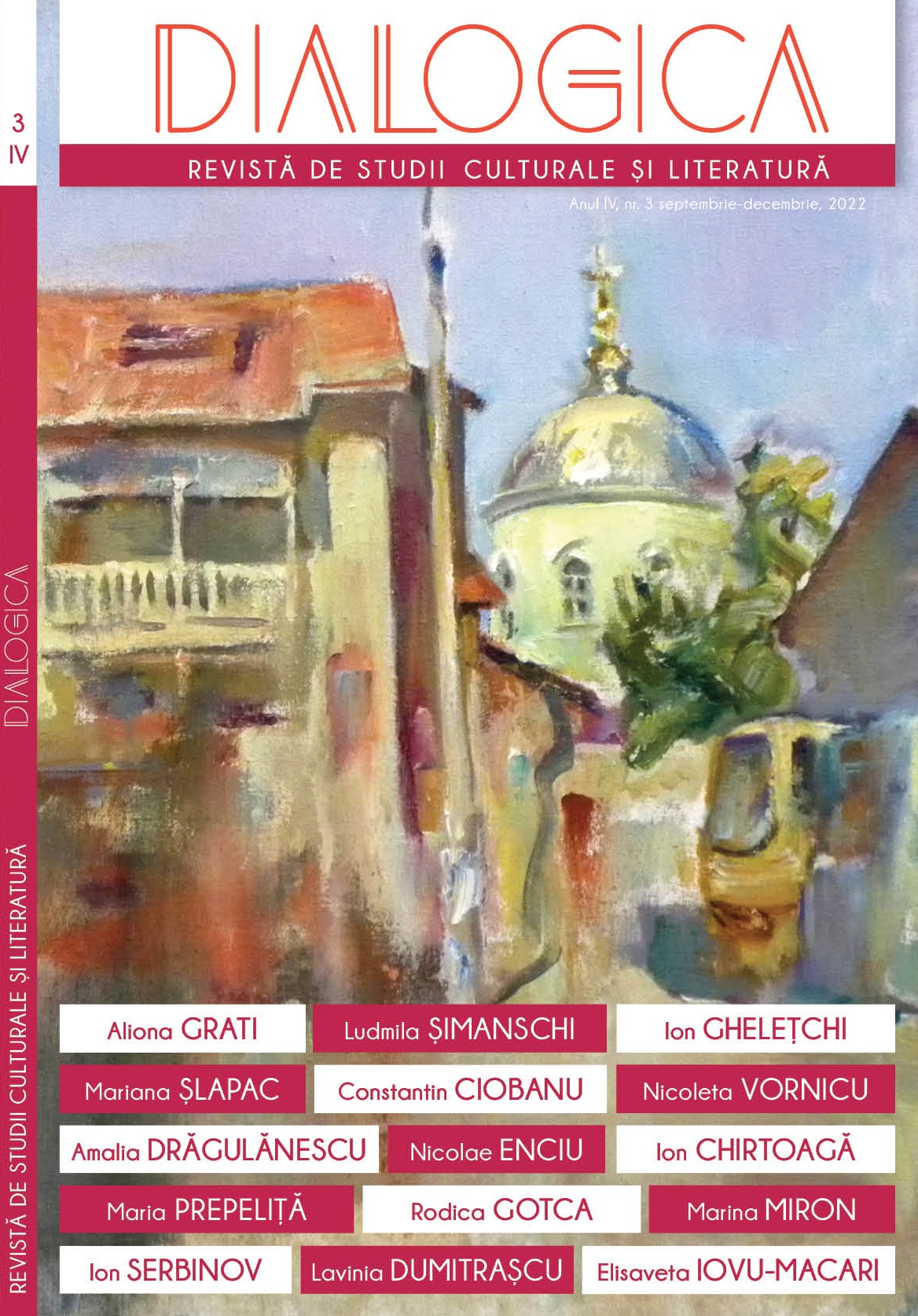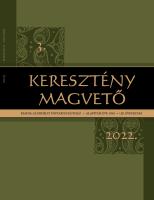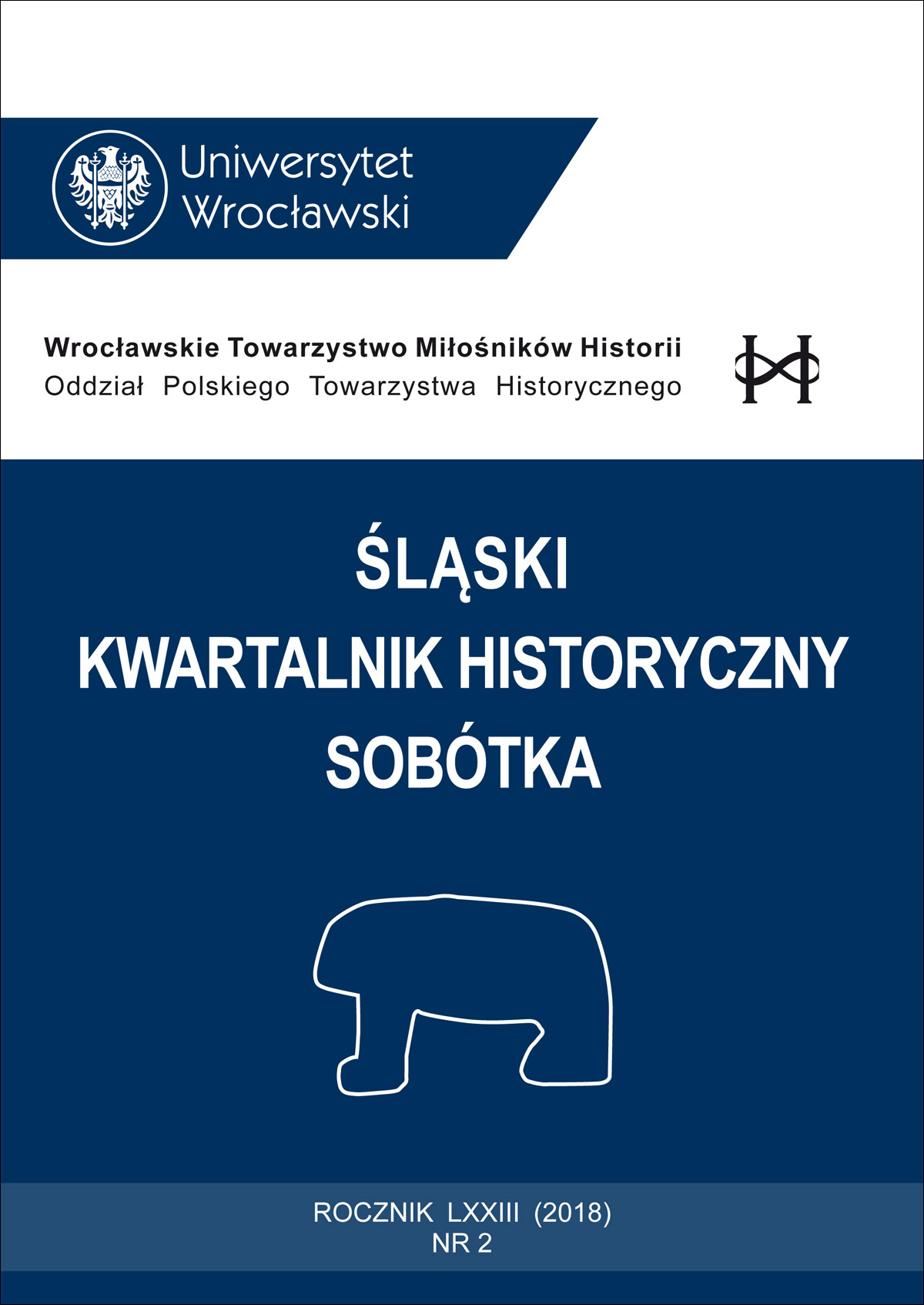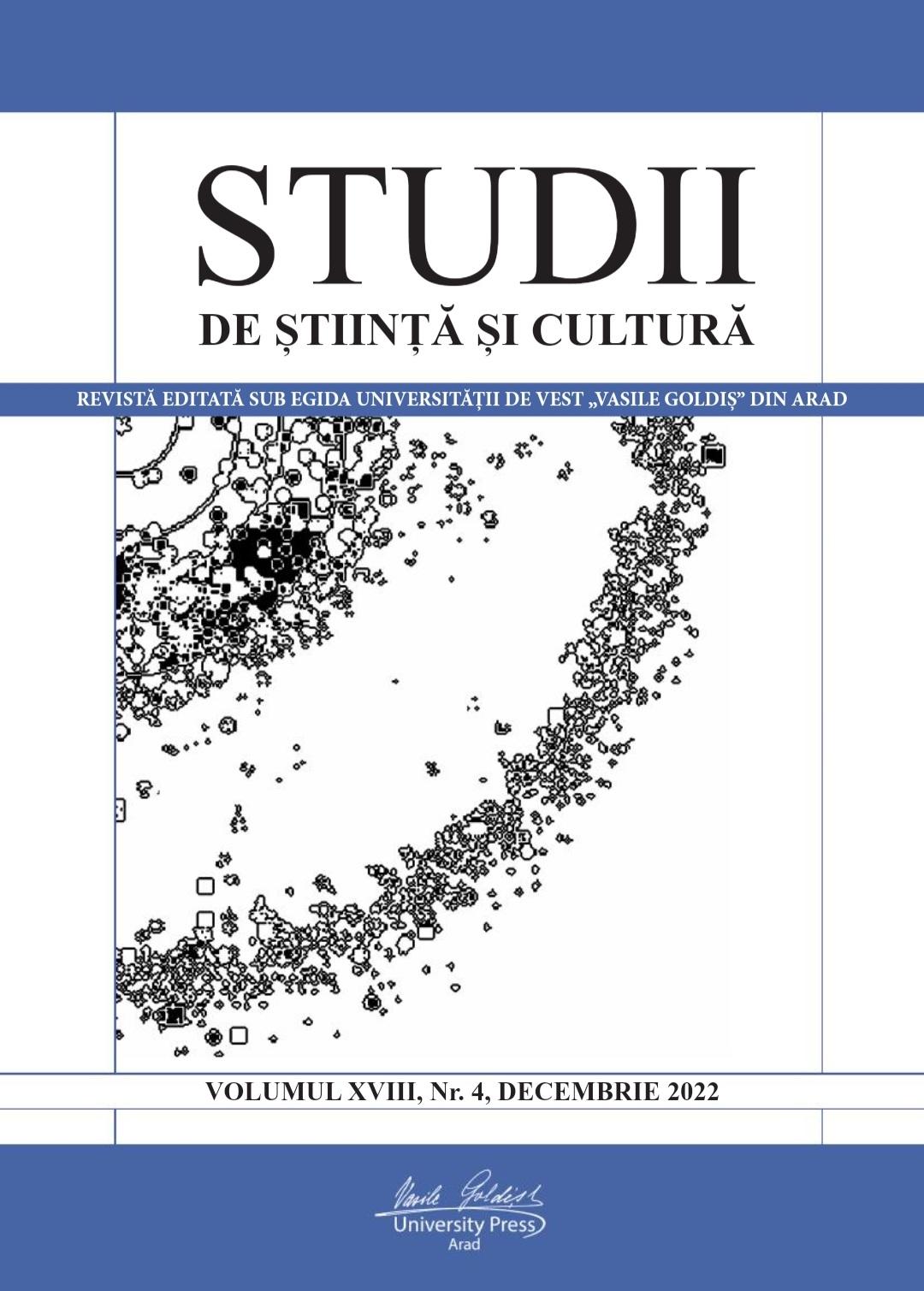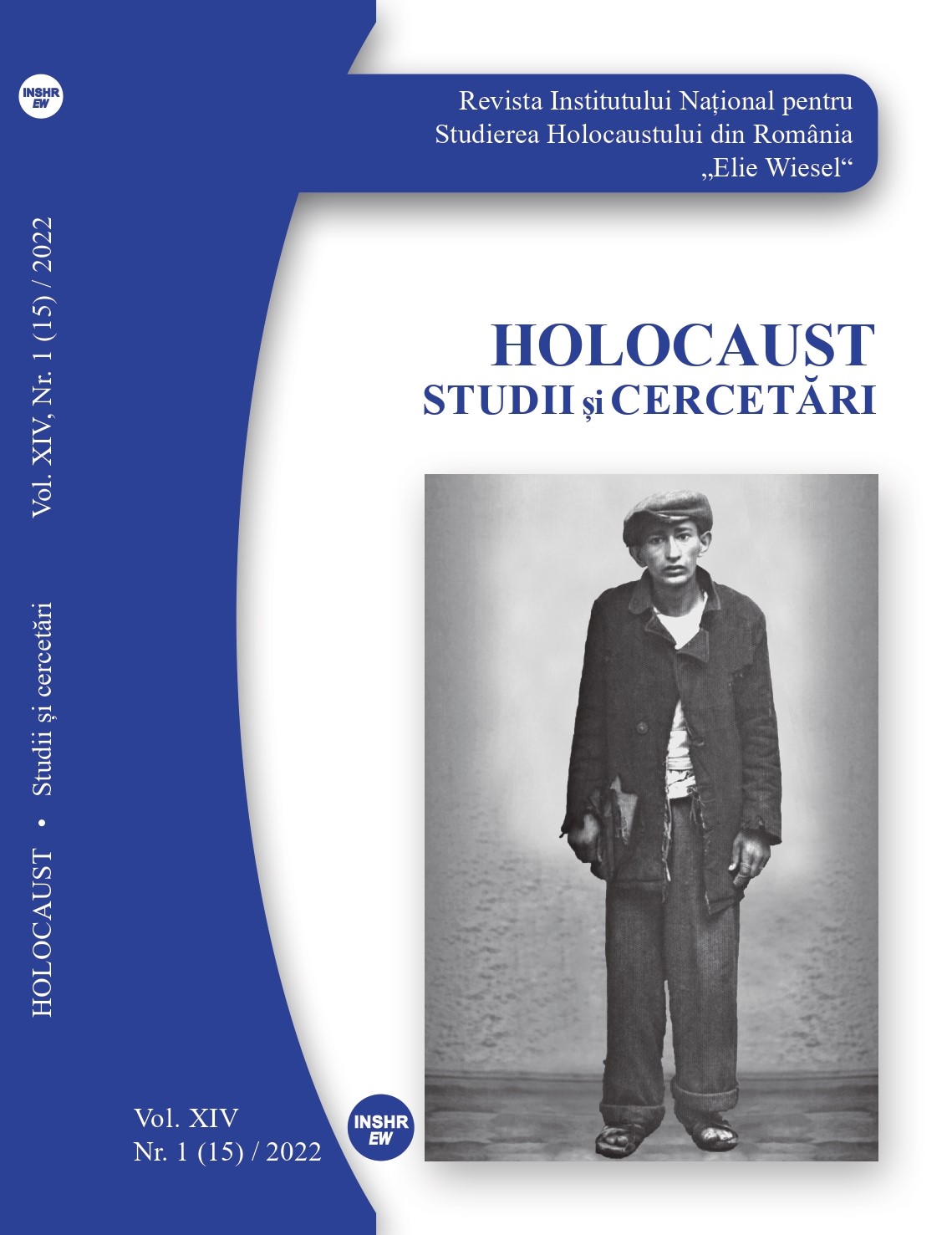Paulopriit Voolaine kogutud lutsi muinasjutud
The article analyses the fairy tales collected from the environs of Ludza town, Latvia, in 1925–1937 by Paulopriit Voolaine. The collected material was sent by him to the Academic Mother Tongue Society, to M. J. Eisen’s Scholarship Fellows collection and to the Estonian Folklore Archives. In the 1920s his interest was focused on the Estonian narrative tradition of the Ludza enclave, but in the 1930s he also collected the folklore of other peoples inhabiting the region. As, for historical and political reasons, the Latgale region of Latvia has been rather multicultural Voolaine’s material is excellent for cross-ethnic comparative analysis. The number of the fairy tales collected by Voolaine from different peoples of the Ludza region exceeds 230. Most of them can be classified as miracle fairy tales, but the most popular types of tales are „Fly in Place of Nail” (ATU 772*) and „The Last Leaf” (ATU 1184), the former of which is a legend-like fairy tale and the latter belongs to tales about a gullible Devil. Some versions tend to occur more consistently with certain peoples. The Ludza Estonian versions of „Cinderella” (ATU 510A), for example, resemble those collected from Setumaa rather than those told among the neighbouring peoples. The fairy tales told by Gypsies, however, share some features with legends. The article addresses but a few aspects of the treasury of fairy tales from the Ludza region. The voluminous material collected by Voolaine certainly remains a valuable source for anybody interested in comparative folklore studies.
More...
